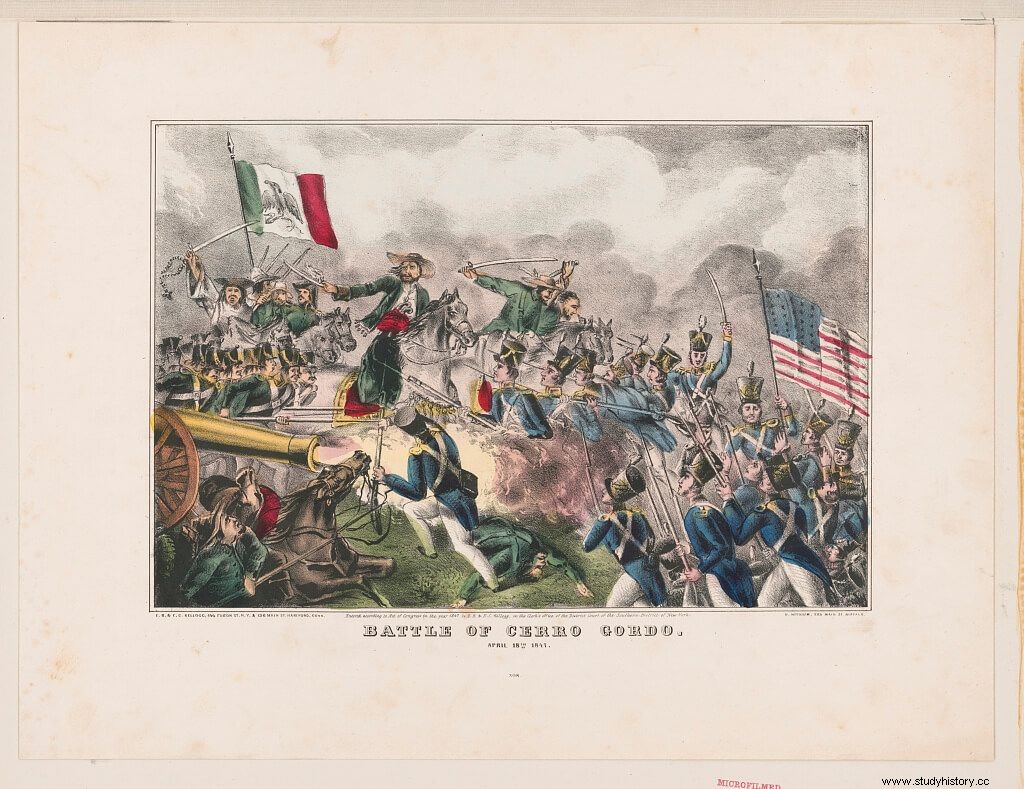
After the independence of Mexico, the country maintained in largely the agreements that Spain had with the still young United States. Among these deals or assignments was the issue of US immigration on Mexican soil. During colonial times, a large number of American pioneers had settled mainly in two territories:Texas and Alta California, where these immigrants managed to create a fairly strong community, especially in the former. That the new Mexican authorities tolerated it without affecting their relations with the United States does not mean that they did so willingly.
American immigrants who had settled in Texas were, of course, required to abide by Mexican law. However, the problems with this immigrant community came from the issue of slavery , which was definitively abolished in Mexico in 1829. This dealt a severe economic blow to Texan Americans, who based their activities on slave labor and therefore would lose most of their workforce. Although at first they obtained an exception for their territory, this would last as little as the political stability of Mexico.
Texas Independence
In the 1820s and early 1830s Mexico had become a hotbed of conspiracies and political instability. In these years, General Antonio López de Santa Anna took power. , who rebelled against the government elected at the polls. In this coup d'état he managed to impose his will and place Vicente Guerrero as president, keeping himself as head of the Mexican army. Taking advantage of these political intrigues in the capital of the Republic, the Texan American immigrants put themselves on a war footing and asked to be granted independence, since they had sworn allegiance to the constitutional government and not to the new authorities born from the coup d'état. [1].
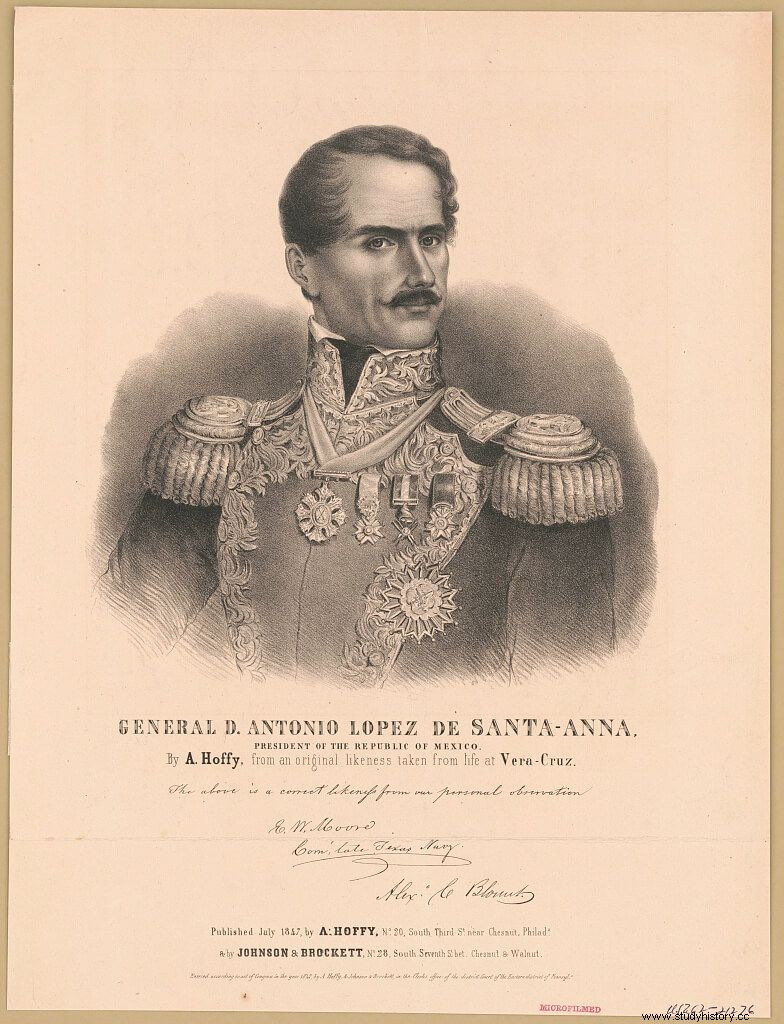
The Texas War of Independence It began with a succession of resounding victories for Mexican arms that followed the siege of the Alamo, but Santa Anna's ambition and overconfidence led him to enter enemy territory in pursuit of the retreating Texian fighters. But these, aware of the weakness of the rival, regrouped and surprised Santa Anna's army in the battle of San Jacinto , on April 21, 1836. The general, caught in the confrontation, was forced to sign the Treaty of Velasco, which de facto recognized the independence of the territory.
However, the Government of Mexico never recognized this treaty and kept the pulse to recover Texas, where the Mexican military incursions continued until in December 1845 the territory was legally incorporated. definitively to the United States, which thereby achieved an objective that it had pursued since 1825, when it sent two offers to Mexico for its purchase, which were categorically rejected. Although the United States did not intervene directly in the conflict, it did support the Texians and allowed American volunteers to join their ranks. Relations between Mexico and the United States were deteriorating at an alarming rate, and the annexation was but the precursor to a war that would not be long in coming.
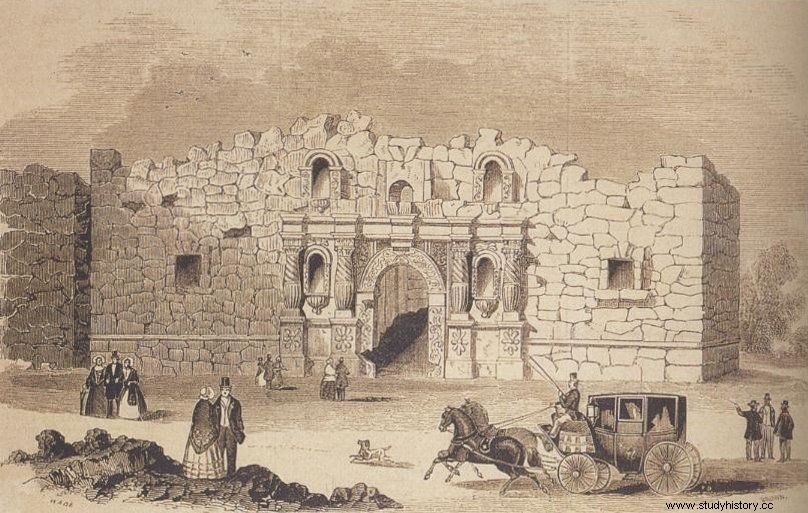
Open your expansionist appetite, United States, imbued already by the spirit of the doctrine of Manifest Destiny He wasn't about to settle for just Texas. Shortly thereafter, the US administration set out to acquire New Mexico and Alta California. Mexican federal authorities once again refused to sell their territory to the Americans, a decision that placed the country at a point of no return on the path of war. The southern states of the United States were the ones that most enthusiastically appealed to open conflict. and in late December 1845, US President James K. Polk , who shared his warmongering ardor, made a move and sent a small contingent under the command of Major General Zachary Taylor to a disputed area, the territory that stretched between the Nueces River and the Rio Grande. General Taylor, under presidential orders, arrived there in March 1846, and in late April the first skirmishes with Mexican units broke out. It was then that President James K. Polk asked Congress to declare war, which Congress ratified on May 13, 1846. The Mexican-American War had begun.
The American intervention in Mexico (1846-1848)
Up to this moment, the United States had managed to swell its territory without having hardly fired a musket since the War of Independence, the vast majority of it acquired through payments. The war against Mexico would change this and would mean the birth of a belligerent and militaristic United States with its neighbors. However, James K. Polk had proposed a limited conflict, he did not want a Mexican annihilation, but a conflict that would last long enough and inflict enough damage to force Mexico to buy peace by ceding the territories of New Mexico and Alta California. In total, the war would last approximately fifteen months and although the Mexican resistance was relevant in some confrontations, the truth is that the North American victories followed each other almost without interruption until the end. The Mexican army was at its lowest when the United States attacked and this was demonstrated on the battlefields.
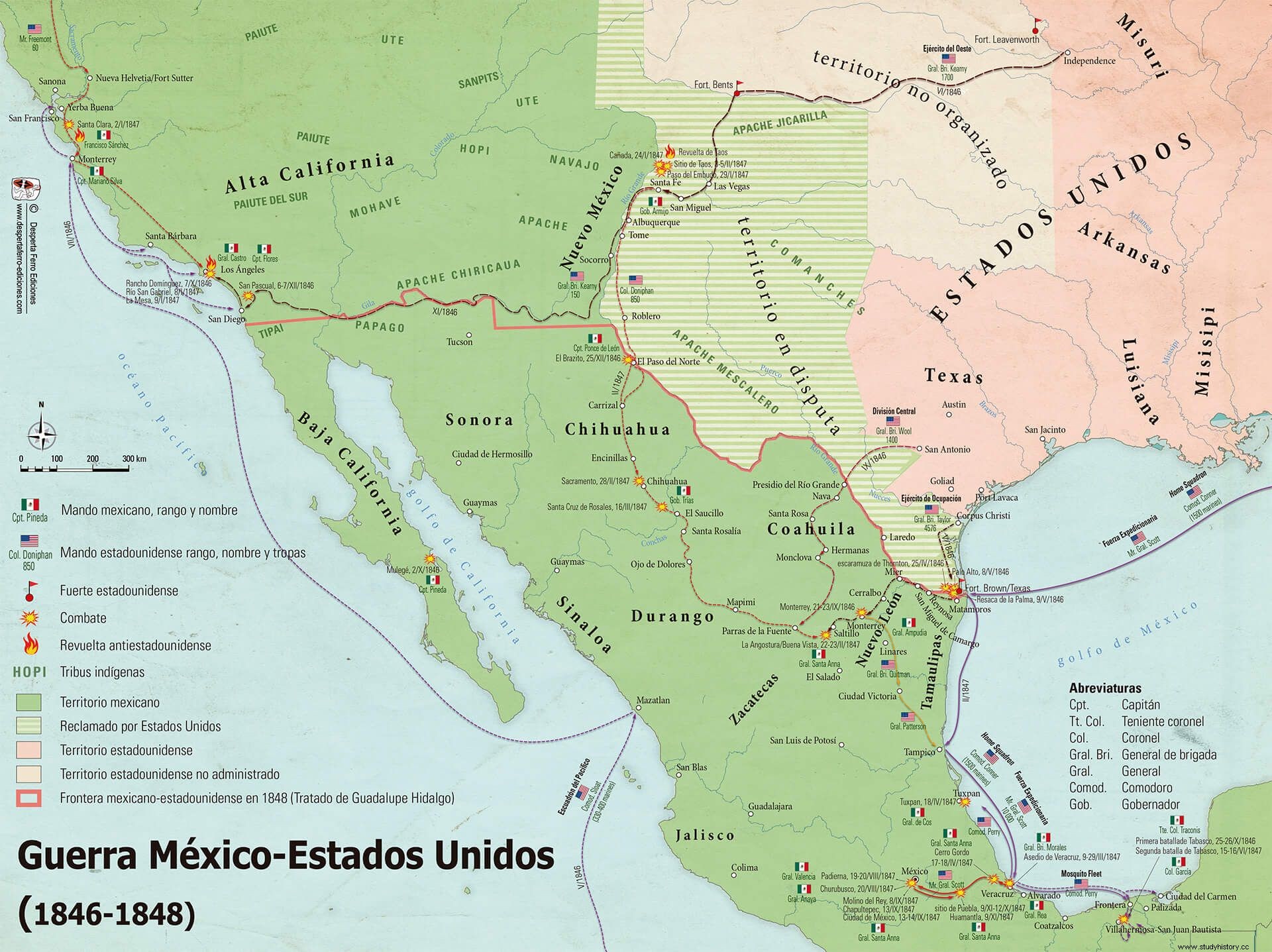
The US military strategy was based on attacking on various fronts. The Republic of Mexico was not prepared for war and its poor armed forces could not repel all advances. The chaos was such that the Mexican authorities were forced to recall General Santa Anna, exiled in Cuba since the independence of Texas, to lead his forces. The US Army launched three major operations over Alta California (June 1846-January 1847), New Mexico (August 1846-February 1847), and continuing from Texas to Mexico City (May 1846-February 1847). )[2], supported by two naval campaigns that were in charge of taking first the ports of Alta California and later the port of Veracruz (April 1847-September 1847). The latter led to the advance on Mexico City, which culminated in the fall of the capital and the final defeat of the Latin American country.
The US forces that fought on the ground reached 30,000 men, although a total of 72,000 volunteers[3] enlisted. Occupying official positions were characters such as Robert E. Lee, Ulysses S. Grant, William T. Sherman, George G. Meade , and a long etcetera that would later be prominent commanders in the American Civil War (1861-1865).
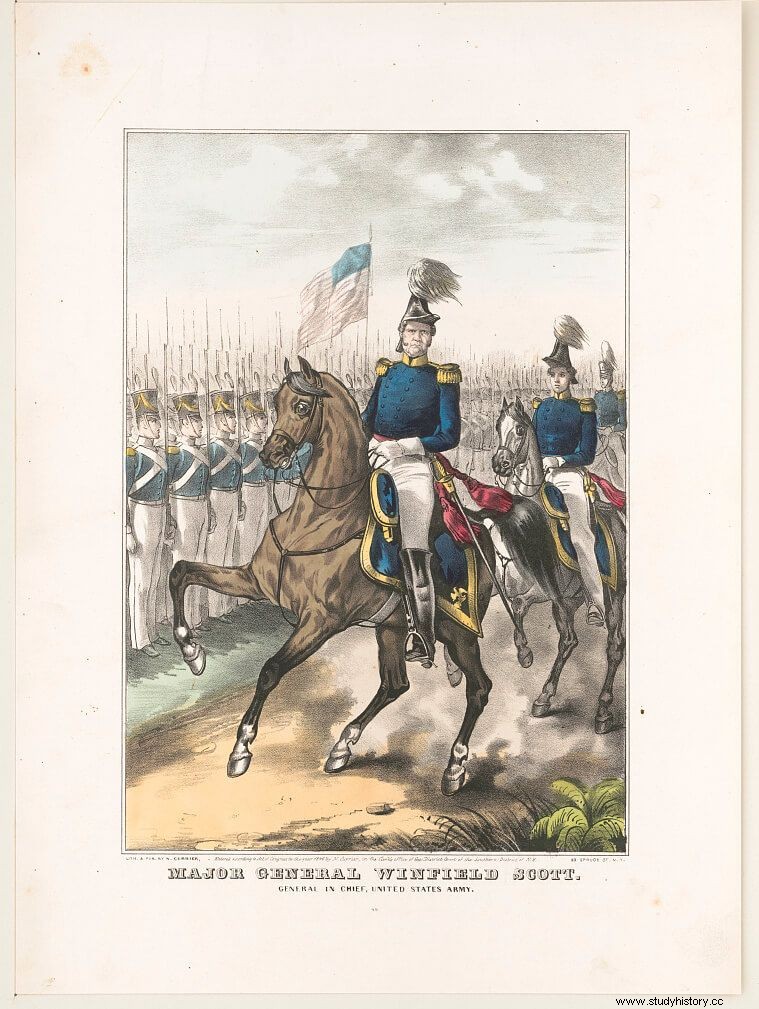
The first engagement of the war took place on the day May 8, when General Taylor's contingent faced Mexican General Mariano Arista at the Battle of Palo Alto . Although neither contingent suffered excessively, the Mexicans withdrew from the battlefield. The American victory was basically due to its greater artillery deployment. The next day, both contingents met again in Resaca de la Palma , where the Americans once again prevailed over the Mexican forces. The casualties on this occasion were greater, Taylor lamenting 45 dead while the Mexicans, about 160. With this confrontation, Taylor expelled the Mexicans from the disputed territory and took the city of Matamoros. From here he waited for reinforcements to continue operations on official Mexican soil.
In June, Mexicans had to face another problem. In the territory of Alta California started a rebellion against the central power. The California Rebellion was started by surveyor John C. Fremont, who adopted the bear and red star flag for the newly independent state. The Mexican army was poorly prepared for the fight and although they managed to delay the loss of the territory, the Americans achieved one victory after another. Commodore Sloat was in charge of taking San Francisco (July 8) and San Juan Bautista (July 17). His proclamation revealed American intentions, as he himself said “I will raise the United States flag throughout California… Henceforth California will be part of the United States” [4].
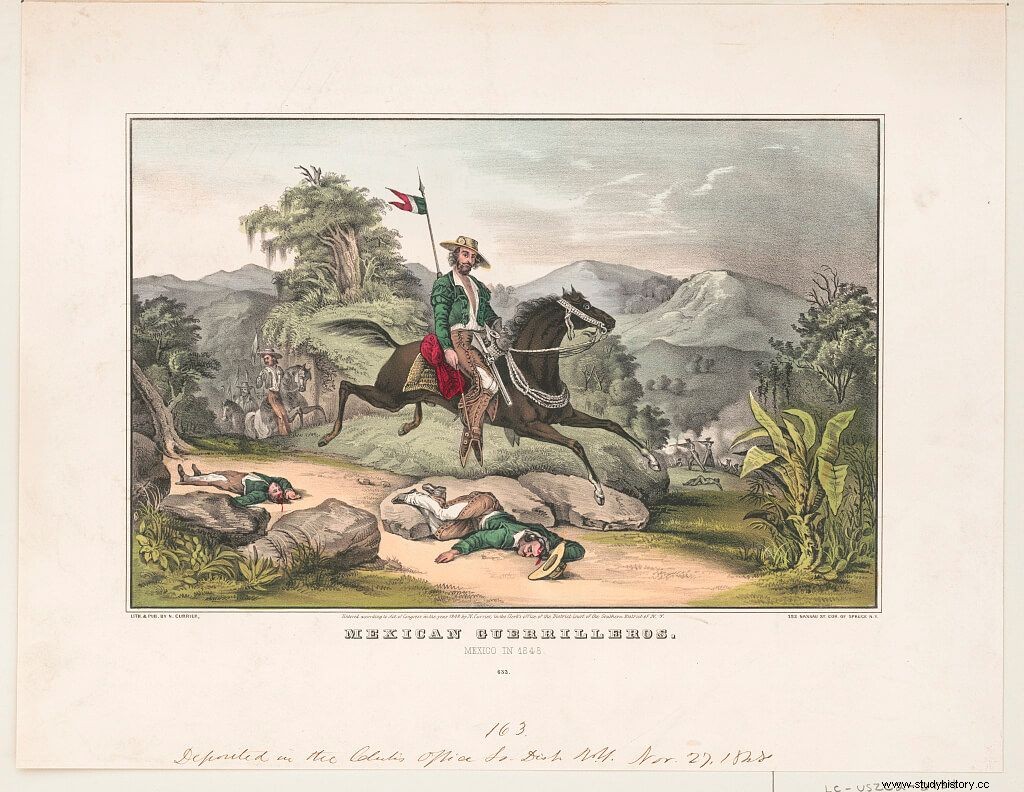
Commodore Sloat was replaced in command by Stockton , who carried out the occupation of San Diego (July 29), San Pedro (August 6), and Los Angeles (August 13). On August 2, the campaign against the territory of New Mexico also began. , led by Dragoon Colonel Esteban W. Kearney who, with an army of 1700 men, managed to take Las Vegas, San Miguel and Santa Fe in the same week, without encountering resistance from the Mexican army. In both Alta California and New Mexico, Mexican commanders could do nothing but flee, though soldiers and civilians left behind mounted a desperate defense to stop the American advance. In Alta California this resistance was carried out in the form of guerrilla warfare until January 13, 1847 when they were finally subdued; in New Mexico this resistance lasted until February 3. Comparing both defenses, Alta California carried out a stronger opposition thanks to irregular warfare.
After being the first American soldier to fight the Mexicans, Major General Zachary Taylor, leading 6,000 men, once again faced Santa Anna's regular army in the population of Monterrey on September 19, 1846. The battle took place in a favorable place for the Mexican defense, which had 5,000 soldiers. After heavy street-by-street fighting and the taking of the Mexican fortifications, Taylor forced his way through once again with minimal casualties against his enemy. After the battle, the Mexican commander Pedro de Ampudia achieved a small armistice of eight weeks so that they could withdraw without incident.
At the end of February 1847, General Taylor had not stopped his advance and returned to fight the Mexican hosts at Buena Vista . There, the US soldier faced General Santa Anna himself, who, according to sources, commanded an army of about 15,000 men against a contingent of just 4,700 soldiers under Taylor's command[5]. During the battle, which took place between February 22 and 23, Santa Anna tried to outflank the North Americans on the right, although he was repulsed. His cavalry then dispersed these, but Taylor managed to get reinforcements and stop the Mexican effort. In the end, Santa Anna decided to retreat south, and Taylor was victorious, albeit at the cost of significant losses.
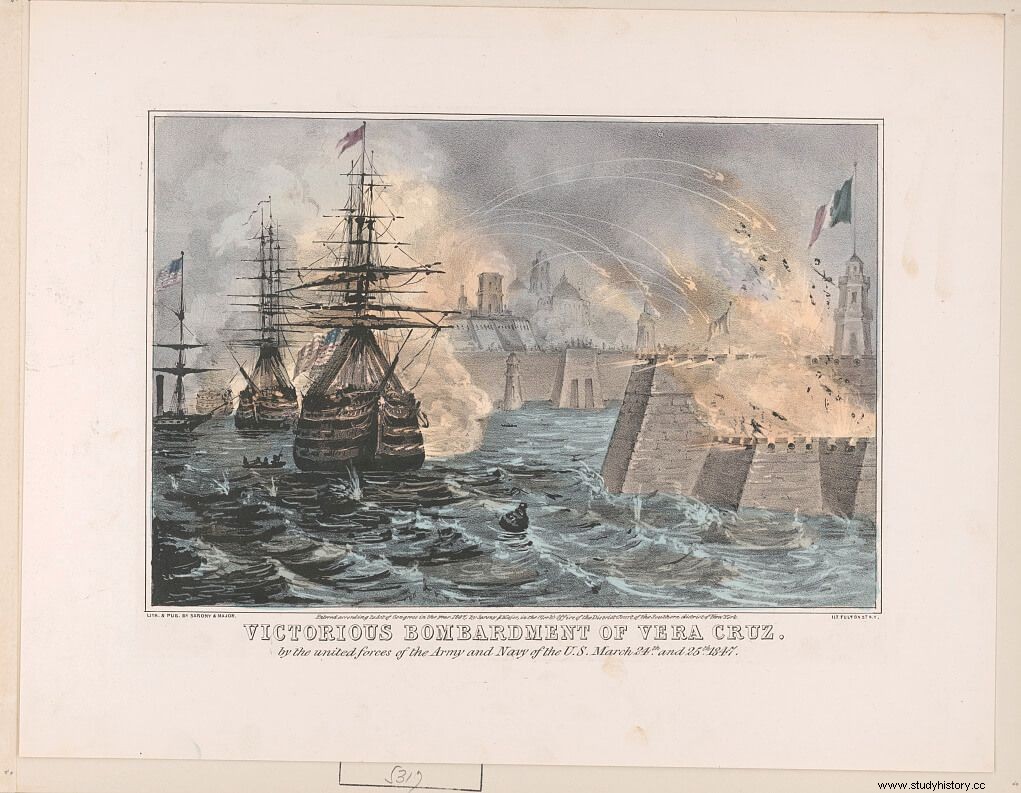
With this battle, the progress of the US military was stopped in its advance towards the south. Resistance in Alta California, New Mexico, and Texas had ended. In March 1847 the navy took the port of Veracruz , where they disembarked new contingents of troops that should advance directly on Mexico City, with whose capture the end of the resistance was expected. This new army arrived by sea was led by Major General Winfield Scott. In mid-April Scott engaged Santa Anna's army at Cerro Gordo . There, 8,500 US soldiers faced 12,000 Mexican soldiers. Despite their numerical superiority, as in Buena Vista, the Mexicans were unable to immobilize their enemies so that they did not leave the landing zones.
The Americans had serious problems with the guerrillas that were organized throughout the territory and did not stop harassing them as they advanced; however, between August 19 and 20, Scott faced Santa Anna again in the battle of Churubusco . In two days of fighting, American assaults on the Mexican general's position caused his troops to crumble. The US frontal attack cornered many soldiers, including deserters from the US Army, mainly Irish immigrants and Catholic Germans, from the famous San Patricio Battalion . Scott's cavalry pursued the fleeing almost to the gates of Mexico City.[6] In Molino del Rey and Chapultepec Mexico's army fought its last two battles of the war. The first of these occurred on September 8, and it was a confrontation with notable casualties for both sides.
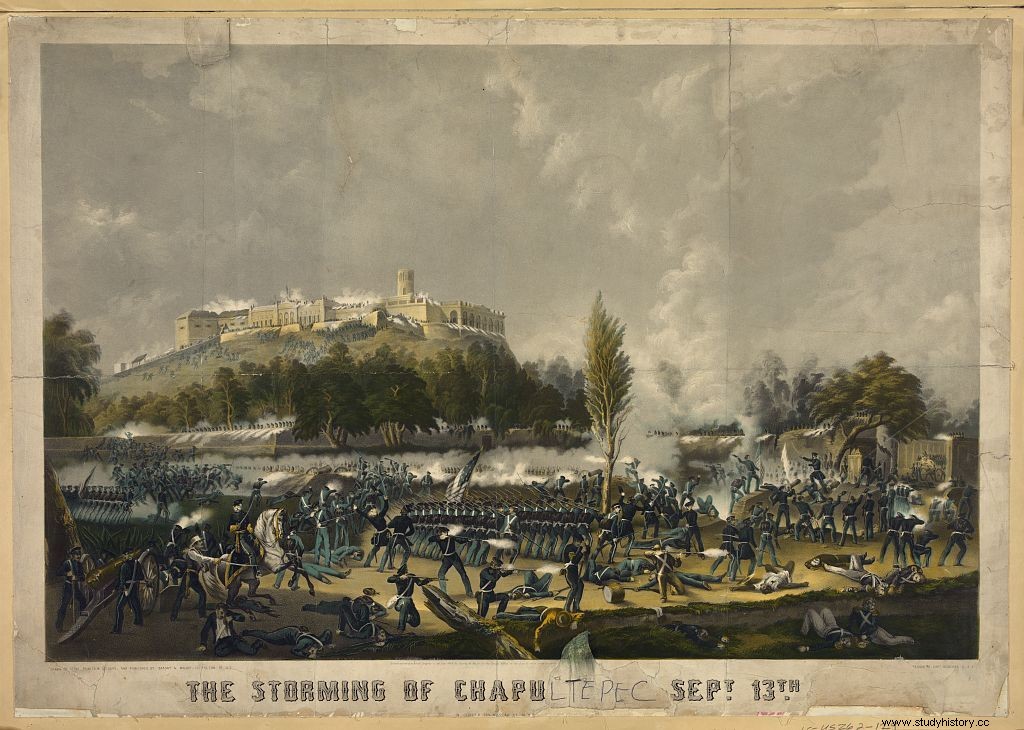
The Battle of Chapultepec it was Santa Anna's last desperate attempt to finish off the Americans. Between September 12 and 14, 1847, Scott's troops stormed the fortress aided by a major artillery deployment and an assault on the walls using ladders. Despite the fact that it was really another frontal attack without much brilliance, the Mexican resistance was declining until on September 14 Santa Anna and his troops left the place. That same day Major General Winfield Scott entered the Mexican capital in triumph. Military operations between the two armies had come to an end.
Consequences of the Mexican-American War
Once hostilities ended, US forces occupied the territory until the new Mexican authorities were able to definitively sign peace. General Antonio López de Santa Anna left the country again and headed for Guatemala. The US occupation of Mexico lasted no less than 1848 and the conditions for peace were disastrous for the Latin American country. All this was reflected in the Guadalupe Hidalgo Treaty signed on March 25 of that same year. In addition to opening a large gap in Mexican politics that led to a new period of instability, the country had to definitively cede Alta California, New Mexico to the United States and recognize Texas once and for all as part of it. 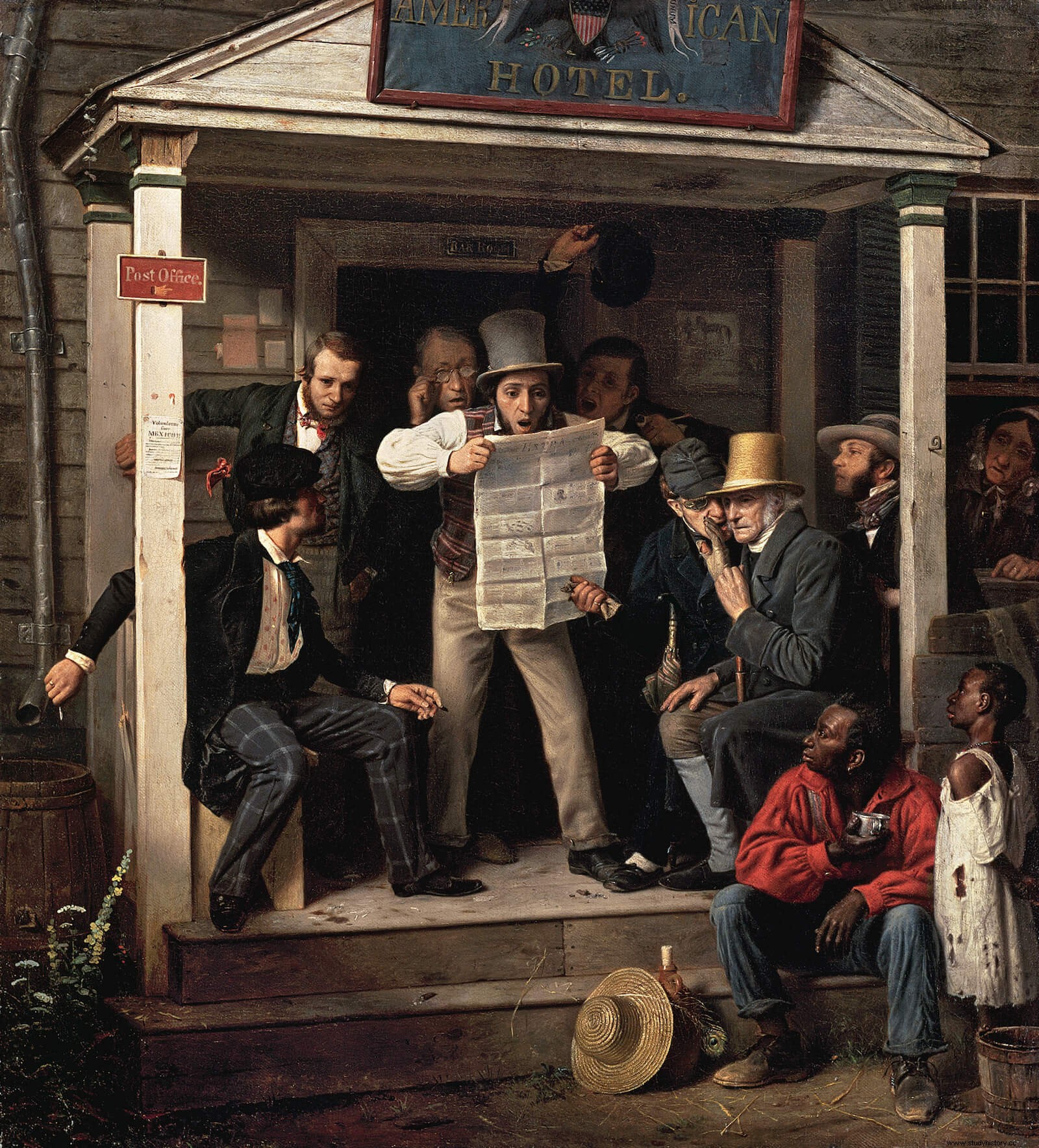
Thus, the Republic of Mexico lost approximately 55 % of its territory, establishing the borders that are still in force today. In the last clauses of the treaty, the United States undertook to pay fifteen million dollars for the ceded territories, in addition to compensation to Mexican citizens of five million pesos. The Mexican-American War of 1846-1848 inaugurated the beginning of a new period in the relations between the two countries. Finally, it is noteworthy that in approximately a decade, both nations would be involved in civil wars, the War of Reform (1858-1861) in Mexico and the War of Secession (1861-1865) in the United States.
Bibliography
- BRAVO, Ugarte José (1951). The United States' War on Mexico:1846-1848 . Ed. Colegio de México:México D.F., Pp. 185 – 226.
- CARNEY, A. Stephen (2015). The occupation of Mexico. May 1846 – July 1848. U.S Army campaigns of the Mexican War , Ed. Didatic Press:San Diego.
- DÍAZ, Casas Camila María (2018). “From the North to the South:Fugitive Enslaved People on the Texas-Mexican Border ”, in Alteridades, 28 (56), Pp. 23-34.
- GONZÁLEZ, Quiroga Miguel Ángel (2012). “The war between the United States and Mexico ” in Magazine of History of the Autonomous University of Nuevo León No. 9. Pp. 20-29.
- GRANT, R.G. (2012). 1001 battles that changed the course of history , Ed. Grijalbo:Barcelona.
- MEED, V. Douglas (2002). The Mexican War 1846-1848 , Ed. Osprey Publishing:London.
- VV.AA. (2003). The Mexican-American war. Its impact on Nuevo León, 1835-1848 , Ed. Senate of the Republic:Mexico.
Notes
[1] SV. AA, 2003, p. 28
[2] Bravo, 1951, p. 190-197.
[3] Carney, 2015, p. 11.
[4] Bravo, 1951, p. 192.
[5] Grant, 2012, p. 585.
[6] Ibid., p. 586.
